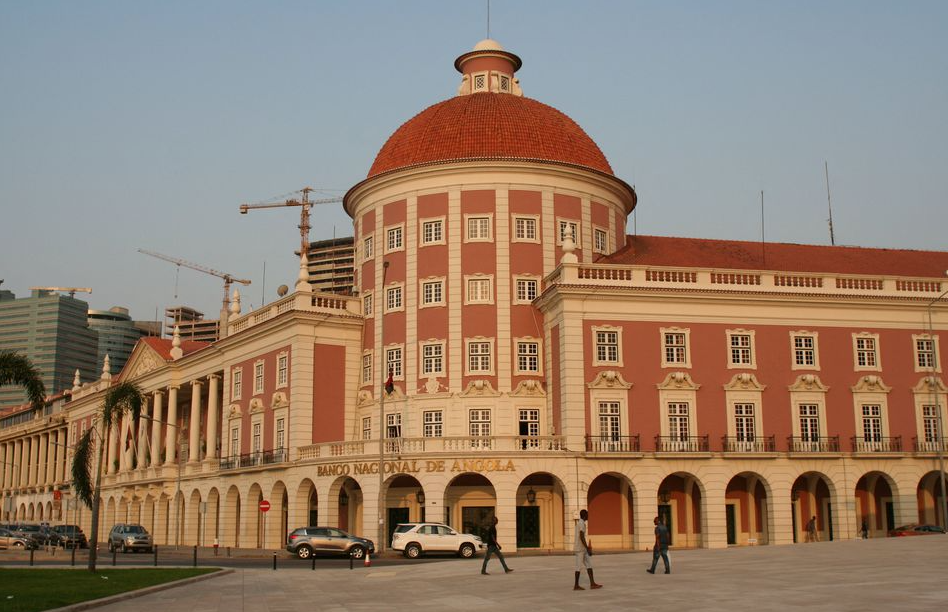Reuters
Angola will keep cutting interest rates as long as inflation is kept low, central bank governor Jose De Lima Massano said on Wednesday, forecasting that inflation will fall to 16% this year and 9-10% by the end of 2023.
“Today we have interest rates in Angola above 20%. So those are too high. And if we have room to keep on reducing them, we’ll do it,” De Lima Massano told Reuters on the sidelines of the IMF-World Bank Annual Meetings in Washington.
Unlike most other central banks, Angola has started to lower interest rates, delivering a rate cut in September for the first time since 2019 by 50 basis points to 19.5%.
That came against a backdrop of easing domestic inflation since the start of the year, from 27.7% in January to below 20% in August (AOCPIY=ECI), and a strengthening kwanza, which has gained 26% so far in 2022 against the dollar, one of the best performing currencies in the world .
“Our currency has found its equilibrium and we are not anticipating major appreciation or depreciation,” De Lima Massano said.
“If we notice that it’s time for us to intervene, to reduce levels of volatility, we’ll do it. It does not mean that the currency will not appreciate or depreciate, we just don’t want to see big moves in either direction.”
Foreign currency reserves are currently at seven months of import cover, De Lima Massano said, calling that the “right level,” while he said GDP growth would likely be 3% this year.
Angola’s President Joao Lourenco won a second presidential term in August, prolonging the ruling party’s nearly five decades of uninterrupted rule of Africa’s second-largest oil producer.
Lourenco, 68, has pledged to continue reforms that have found favour with foreign investors, including privatising poorly-run state assets and cleaning up corruption after investigating members of the former ruling Dos Santos family.
Angola is continuing to get technical support from the IMF and World Bank, De Lima Massano said, adding there was probably no need for it to apply for an IMF monitoring programme or for the fund’s new “Food Shock Window” emergency financing.
The country had a three-year, $3.7 billion loan programme with the Washington-based lender that ended in 2021.

